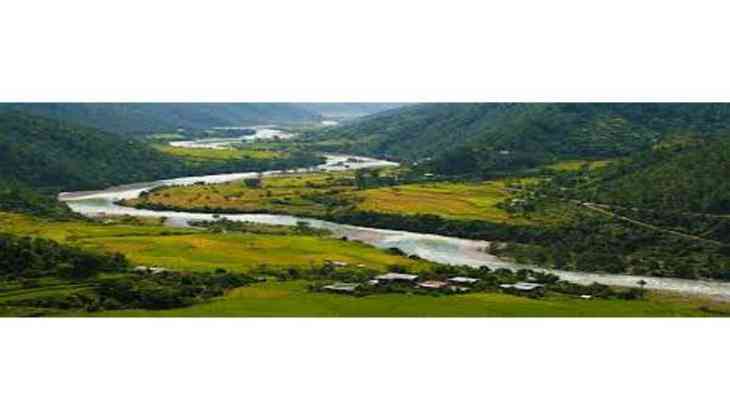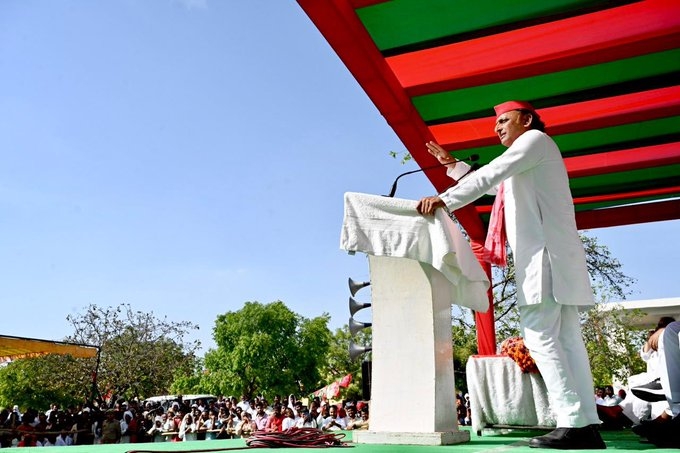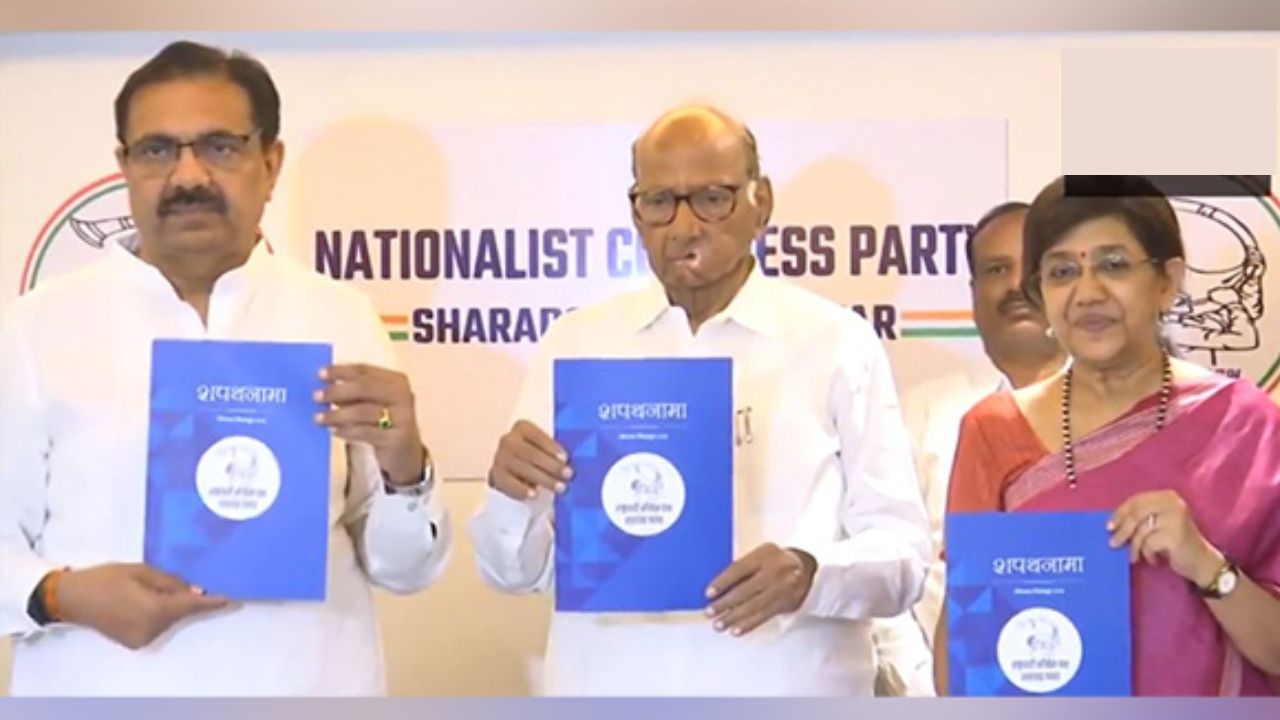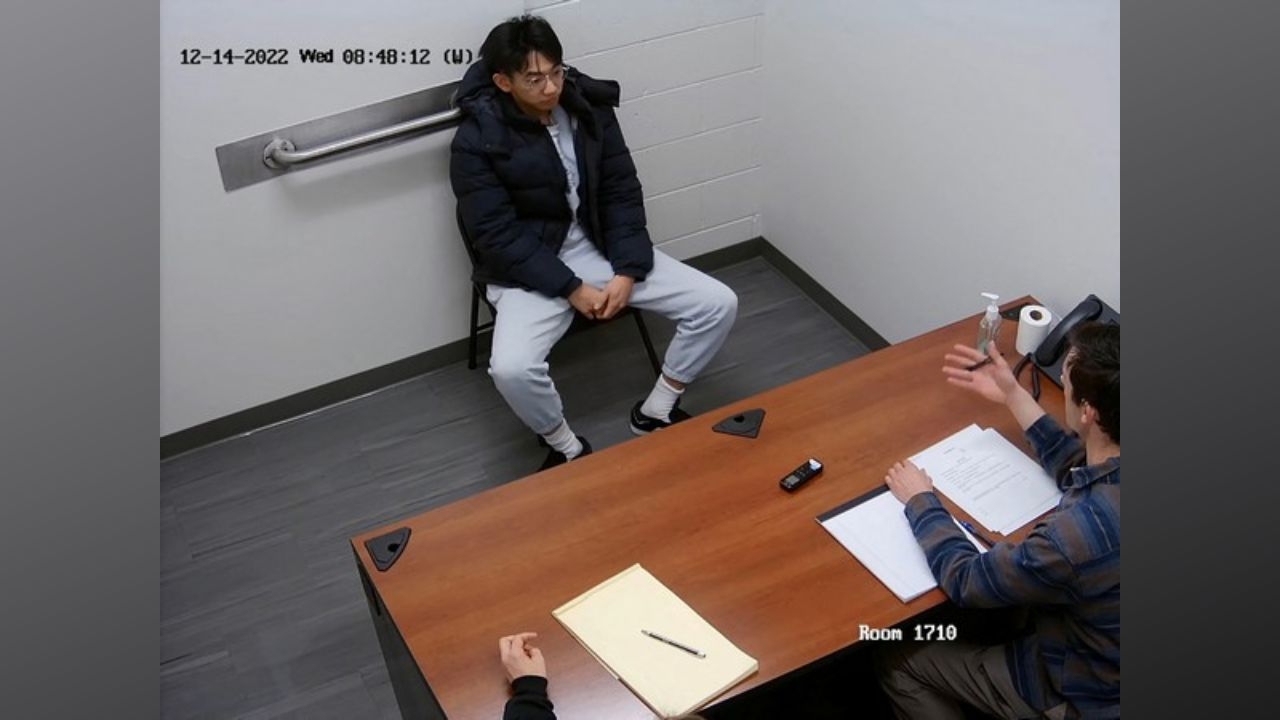
Leaders of India, Bhutan and Bangladesh may soon formally sign and join hands to build a 1,125 MW hydropower project in Bhutan as trilateral memorandum of understanding (MoU) on this has been finalised by the three Asian countries.
Bhutan would export the power to Bangladesh produced from this project, via India.
Bangladesh plans to invest in the 1,125 megawatt Dorjilung hydropower project in Bhutan's Lhuentse district. The Government of Bangladesh earlier approved $1 billion for investment in Bhutan's hydropower.
The project could boost Bhutan's plan to become a hydroelectric power juggernaut and battery for surrounding countries, because two of its neighbours have almost come close to sign off a trilateral agreement to construct this hydropower project in Dorjilung, Bhutan.
Hydropower projects in Bhutan are a source of clean and affordable electricity for its neighbors in the region. Bhutan's export revenues are a primary source for government spending on socio-economic development, supporting social services such as health, education, and rural development.
The construction work on the US$1.25 billion Dorjilung hydropower project will start soon after signing off the trilateral MoU in this regard.
According to sources, the draft of MoU was finalised by India and Bhutan last week in Delhi after long discussions and deliberations.
Bhutan drafted the MoU for the project last year in January 2016 and sent it to India and Bangladesh for acceptance. After a month, Bangladesh largely accepted the Bhutanese version of the MoU with almost no change and sent it back only adding that the time period to form the steering committee after signing the MoU should be 30 days. Bhutan accepted this minor change.
India took a bit longer time in finalising and responding on the draft of MoU and after almost a year sent it in early 2017 to Bhutan and asked for significant changes.
Government officials of India and Bhutan recently had a long discussion on the MoU and the Indian side agreed in principal to the latest Bhutanese version of the MoU which would set the stage for the leaders of the three countries to sign it. The Bhutanese government had sent a response to India around two months ago, stressing more on the original points in the Bhutanese MoU.
A Bhutanese government delegation led by the secretary for the Ministry of Economic Affairs, Dasho Yeshi Wangdi along with other concerned officials from the MoEA and Foreign Ministry, had detail discussions with an Indian delegation of a similar composition on June 22 in New Delhi.
Bhutan's delegation also proposed a tariff hike in the 336 MW Chukha project and sought clarifications on India's Cross Border Electricity Trade (CBTE) Guidelines.
The Chukha Project is next to only Tala project in terms of hydro project revenue, especially since it paid of its loans in 2007. On an average, the project generates around Nu (ngultrum) 4 billion a year in hydro revenue.
The last hike was given in February 2014 when the rate was increased from the Nu 2 per unit to Nu 2.25 per unit meaning an additional Nu 450 mn a year in revenue. It was made effective from 1 January 2013.
The Bhutanese delegation proposed for a hike during the meeting, which the Indian side accepted in principle.
However, since there was no adequate modalities in past, unlike Tala project, the Indian side also proposed certain fixed modalities or basis of a hike which will be worked out.
On Chukha, the only broad understanding has been that a hike would be given around every four years and it would depend on factors like project financing cost, deprecation rates, number of projects etc.
India on one hand had given generous hikes on occasions even before the four year period there was also a period from 2005 to 2013 when there was no hike given.
Given that Chukha has the highest tariff rate, almost all of this power is exported as Bhutan uses power from other projects like Tala, Kurichu and Basochu.
In the meeting with Bhutan government officials, the Indian side clarified that the CBTE ( Cross Border Trade of Electricity) would not apply to or impact government to government projects and that for non government projects there was a provision for case by case clearance given in the CBTE.
In fact, there was some confusion in Bhutan after the Indian Ministry of Power issued guidelines on CBTE on 5 December 2016. There were apprehensions in Bhutan's hydropower sector due to several provisions which were seen to be restricting the type of hydropower investment in Bhutan and also hydropower trade.
-ANI







![BJP's Kapil Mishra recreates Shankar Mahadevan’s ‘Breathless’ song to highlight Delhi pollution [WATCH] BJP's Kapil Mishra recreates Shankar Mahadevan’s ‘Breathless’ song to highlight Delhi pollution [WATCH]](http://images.catchnews.com/upload/2022/11/03/kapil-mishra_240884_300x172.png)

![Anupam Kher shares pictures of his toned body on 67th birthday [MUST SEE] Anupam Kher shares pictures of his toned body on 67th birthday [MUST SEE]](http://images.catchnews.com/upload/2022/03/07/Anupam_kher_231145_300x172.jpg)






